Introduction
Environmental simulation testing plays a critical role in product development, ensuring that products can withstand real-world conditions. By mimicking environmental factors such as temperature, humidity, vibration, and pressure, manufacturers gain valuable insights into product durability, safety, and performance.
What is Environmental Simulation Testing?
Environmental simulation testing involves subjecting products to controlled environmental conditions that replicate real-world scenarios. This testing method is used across industries, including aerospace, automotive, electronics, and consumer goods, to predict product behavior and longevity under various conditions.
Importance of Environmental Simulation Testing
1. Enhancing Product Reliability
By exposing products to simulated environmental factors, manufacturers can identify potential weaknesses and improve product design.
2. Ensuring Regulatory Compliance
Many industries require strict adherence to environmental and safety standards. Environmental testing ensures compliance with regulations such as MIL-STD, IEC, and ISO standards.
3. Reducing Warranty Costs
Early identification and correction of product flaws help reduce warranty claims and associated costs.
4. Minimizing Product Failures
Understanding how a product behaves under stress conditions helps prevent unexpected failures in real-world applications.
Types of Environmental Simulation Tests
1. Temperature Testing
This involves subjecting products to extreme heat and cold to assess their performance and durability.
- High-Temperature Testing: Evaluates product performance in hot climates.
- Low-Temperature Testing: Assesses product functionality in freezing conditions.
2. Humidity Testing
Humidity tests assess how products withstand moisture exposure, which can cause corrosion or material degradation.
3. Vibration Testing
Vibration tests simulate the shaking and jolting a product might experience during transportation or operation.
4. Shock Testing
Shock tests involve sudden, forceful impacts to determine a product’s ability to withstand abrupt forces.
5. Altitude Testing
Altitude simulation tests evaluate product performance at different pressure levels, often critical for aerospace and automotive industries.
6. Salt Spray Testing
This test is used to assess corrosion resistance by exposing products to a salt-laden environment.
7. UV Testing
UV exposure tests determine how materials degrade when exposed to sunlight over time.
8. Dust and Sand Testing
Products are exposed to dust and sand environments to assess their ability to function in harsh conditions, commonly used for military and automotive applications.
Industries Benefiting from Environmental Simulation Testing
1. Aerospace and Defense
Ensures components can withstand extreme altitudes, temperatures, and vibrations.
2. Automotive
Validates vehicle components for performance under diverse weather and road conditions.
3. Electronics
Assesses the durability of electronic devices under temperature fluctuations and humidity.
4. Consumer Goods
Helps manufacturers create durable and reliable products for everyday use.
5. Renewable Energy
Tests solar panels, wind turbines, and other renewable energy components for extreme environmental resilience.
Key Equipment Used in Environmental Simulation Testing
1. Environmental Chambers
Used to simulate temperature and humidity conditions.
2. Vibration Test Systems
Generate vibrations to assess product stability.
3. Salt Spray Chambers
Evaluate corrosion resistance.
4. Shock Test Machines
Apply sudden forces to test impact resistance.
5. Altitude Chambers
Simulate high-altitude conditions.
Steps Involved in Environmental Simulation Testing
1. Defining Test Objectives
Identify the specific environmental conditions and parameters to be tested.
2. Selecting Testing Methods
Choose appropriate tests based on the product’s intended use and industry standards.
3. Test Execution
Conduct the tests using specialized equipment in a controlled environment.
4. Data Collection and Analysis
Collect and analyze data to evaluate product performance.
5. Reporting and Recommendations
Provide detailed reports and actionable recommendations for product improvement.
Best Practices for Effective Environmental Simulation Testing
- Early Integration in Product Development Incorporate testing during the design phase to identify and address potential issues.
- Comprehensive Test Planning Develop a detailed testing plan to cover all critical environmental factors.
- Continuous Monitoring Monitor product performance throughout the testing process to capture real-time data.
- Adherence to Industry Standards Ensure tests comply with relevant industry regulations and standards.
- Collaborative Approach Work closely with design and engineering teams to implement test findings.
Importance of Environmental Simulation Testing
1. Enhancing Product Reliability
Simulating environmental conditions enables manufacturers to identify vulnerabilities and improve designs before mass production. Testing ensures that products meet performance standards under adverse conditions, which in turn enhances customer trust and product longevity.
2. Ensuring Regulatory Compliance
Products across various sectors must adhere to strict regulatory and safety standards (such as MIL-STD, IEC, and ISO standards). Environmental testing confirms that products comply with these benchmarks, thereby reducing the risk of legal issues and market rejections.
3. Reducing Warranty and Maintenance Costs
Identifying potential failure points early in the development process can help avoid expensive warranty claims and reduce maintenance expenses. This not only protects the manufacturer’s reputation but also contributes to overall cost savings over the product’s lifecycle.
4. Improving Safety
Rigorous testing under simulated conditions ensures that products perform safely under extreme environments, reducing the risk of accidents and ensuring user safety. This is particularly crucial in sectors such as aerospace, automotive, and defense.
5. Driving Innovation
Environmental simulation testing often leads to improved materials, innovative design modifications, and overall product enhancements. The insights gained from these tests fuel ongoing research and development, leading to more advanced, resilient products.
Types of Environmental Simulation Tests
1. Temperature Testing
Products are subjected to extreme heat and cold to evaluate performance limits:
- High-Temperature Testing: Assesses performance in hot climates.
- Low-Temperature Testing: Determines functionality under freezing conditions.
- Thermal Cycling: Repeatedly changes temperatures to simulate day-to-night or seasonal variations.
2. Humidity Testing
These tests evaluate a product’s ability to withstand moisture and prevent issues like corrosion or mold growth. Humidity chambers simulate high moisture conditions to ensure long-term reliability in humid environments.
3. Vibration Testing
Products undergo vibration testing to mimic conditions during transport or operational use. This test helps detect potential issues with structural integrity, assembly, or component connections.
4. Shock Testing
By applying sudden forces or impacts, shock testing assesses a product’s capacity to endure accidental drops, impacts, or other abrupt stresses.
5. Altitude Testing
Altitude simulation replicates the effects of reduced atmospheric pressure on products, critical for aerospace components and high-altitude operations.
6. Salt Spray Testing
Commonly used for assessing corrosion resistance, salt spray tests expose products to salt-laden environments, replicating the effects of coastal or winter road conditions.
7. UV Testing
Exposure to ultraviolet light over time helps determine the degradation rates of materials, ensuring products maintain their functionality and appearance under prolonged sunlight exposure.
8. Dust and Sand Testing
Simulating harsh, dusty, or sandy conditions, these tests are essential for military, automotive, and outdoor consumer products, ensuring they remain operational in challenging environments.
Emerging Technologies in Environmental Simulation Testing
1. Digital Twins and Virtual Simulation
Advances in simulation software have enabled the development of digital twins—virtual models of products that simulate environmental conditions in real time. This approach can predict failures, optimize designs, and reduce the need for physical testing iterations, ultimately speeding up the development process.
2. Integration of IoT and Sensor Technology
Modern testing facilities integrate IoT devices and smart sensors to continuously monitor test conditions and product responses. This integration allows for more precise data collection and real-time analysis, leading to quicker adjustments and enhanced test accuracy.
3. Advanced Materials and Coatings
The development of novel materials and protective coatings is another focus area. These innovations are often tested under simulated environmental conditions to validate their ability to protect underlying structures from harsh weather, corrosion, and wear.
4. Automation and Robotics
Automated testing systems using robotics have streamlined the testing process. Automation reduces human error, increases repeatability, and allows for complex test sequences that simulate long-term exposure in a shorter time frame.
Case Studies and Industry Applications
Aerospace and Defense
In the aerospace sector, components such as avionics, sensors, and structural elements are subjected to comprehensive testing regimes. For instance, altitude and vibration testing are critical to ensuring that electronic systems function reliably during takeoff, flight, and landing. Advanced simulation tools help identify potential weaknesses that could compromise safety, leading to significant improvements in aircraft design.
Automotive
Automotive manufacturers use environmental simulation testing to validate the durability of components like engine parts, electronic control units (ECUs), and body panels. Shock and temperature tests help ensure vehicles operate safely under a variety of weather and driving conditions. In electric vehicles, battery performance under extreme temperatures is also a critical area of focus.
Electronics and Consumer Devices
Electronic devices, from smartphones to industrial machinery, must operate reliably under varying environmental conditions. Humidity and thermal cycling tests are crucial in preventing premature failure of electronic circuits and ensuring device longevity. UV and dust testing further ensure that devices remain functional and aesthetically pleasing even after prolonged exposure to harsh conditions.
Renewable Energy
Components in renewable energy systems, such as solar panels and wind turbines, are rigorously tested for environmental resilience. Simulation tests assess the impact of extreme weather, UV exposure, and temperature fluctuations, ensuring that these systems maintain high efficiency and longevity.
Challenges in Environmental Simulation Testing
1. Replicating Complex Real-World Conditions
One of the primary challenges is accurately simulating the complex interactions of various environmental factors. In many cases, the interplay between temperature, humidity, vibration, and other factors can be difficult to replicate in a controlled setting.
2. Cost and Time Constraints
Comprehensive environmental simulation testing can be resource-intensive. Manufacturers must balance the need for thorough testing with the constraints of time and budget, often leading to trade-offs between testing depth and speed-to-market.
3. Data Management and Analysis
Collecting, managing, and analyzing the vast amounts of data generated during environmental testing requires sophisticated software tools and expertise. Ensuring data accuracy and drawing actionable insights from complex datasets is an ongoing challenge.
4. Evolving Standards and Regulations
As industries evolve, so do the regulatory requirements and testing standards. Staying updated with the latest guidelines and ensuring compliance can be a moving target for manufacturers.
Best Practices for Effective Environmental Simulation Testing
- Early Integration in Product Development:
Incorporate environmental simulation testing during the design phase to identify and mitigate potential issues early on. - Comprehensive Test Planning:
Develop a detailed testing plan that covers all critical environmental factors, ensuring that each aspect of the product is rigorously evaluated. - Continuous Monitoring:
Utilize real-time monitoring tools to capture data during testing. This enables immediate adjustments and deeper insights into product behavior. - Adherence to Industry Standards:
Ensure that all tests comply with the latest industry regulations and standards, facilitating market acceptance and legal compliance. - Collaborative Approach:
Encourage close collaboration between design, engineering, and testing teams. This interdisciplinary approach ensures that test findings are effectively integrated into product improvements. - Investing in Advanced Tools:
Utilize the latest simulation technologies, such as digital twins, IoT sensors, and automation, to enhance test accuracy and efficiency.
Future Trends in Environmental Simulation Testing
1. Increased Reliance on Virtual Testing
As digital modeling and simulation technologies continue to evolve, the reliance on virtual testing is expected to grow. Virtual testing can complement physical tests, reducing the number of prototypes needed and accelerating the development cycle.
2. Sustainable Testing Practices
The industry is moving toward more sustainable testing practices, minimizing resource consumption and reducing the environmental impact of testing facilities. Innovations in energy-efficient chambers and recyclable materials are part of this shift.
3. Integration of Artificial Intelligence
AI and machine learning are increasingly being used to analyze complex datasets from simulation tests. Predictive analytics powered by AI can identify patterns and suggest design improvements, further optimizing the testing process.
4. Global Standardization
Efforts to harmonize international testing standards are likely to increase, ensuring that products meet consistent quality and safety benchmarks worldwide. This global approach will facilitate easier market access and reduce duplication of testing efforts.
Conclusion
Environmental simulation testing is essential for ensuring that products meet the highest standards of reliability, durability, and safety. By replicating real-world conditions in a controlled environment, manufacturers can proactively address potential issues, enhance product quality, and achieve regulatory compliance. Investing in thorough environmental testing ultimately leads to better products and greater customer satisfaction.

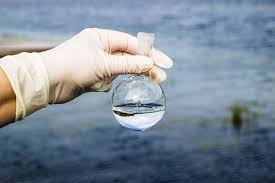
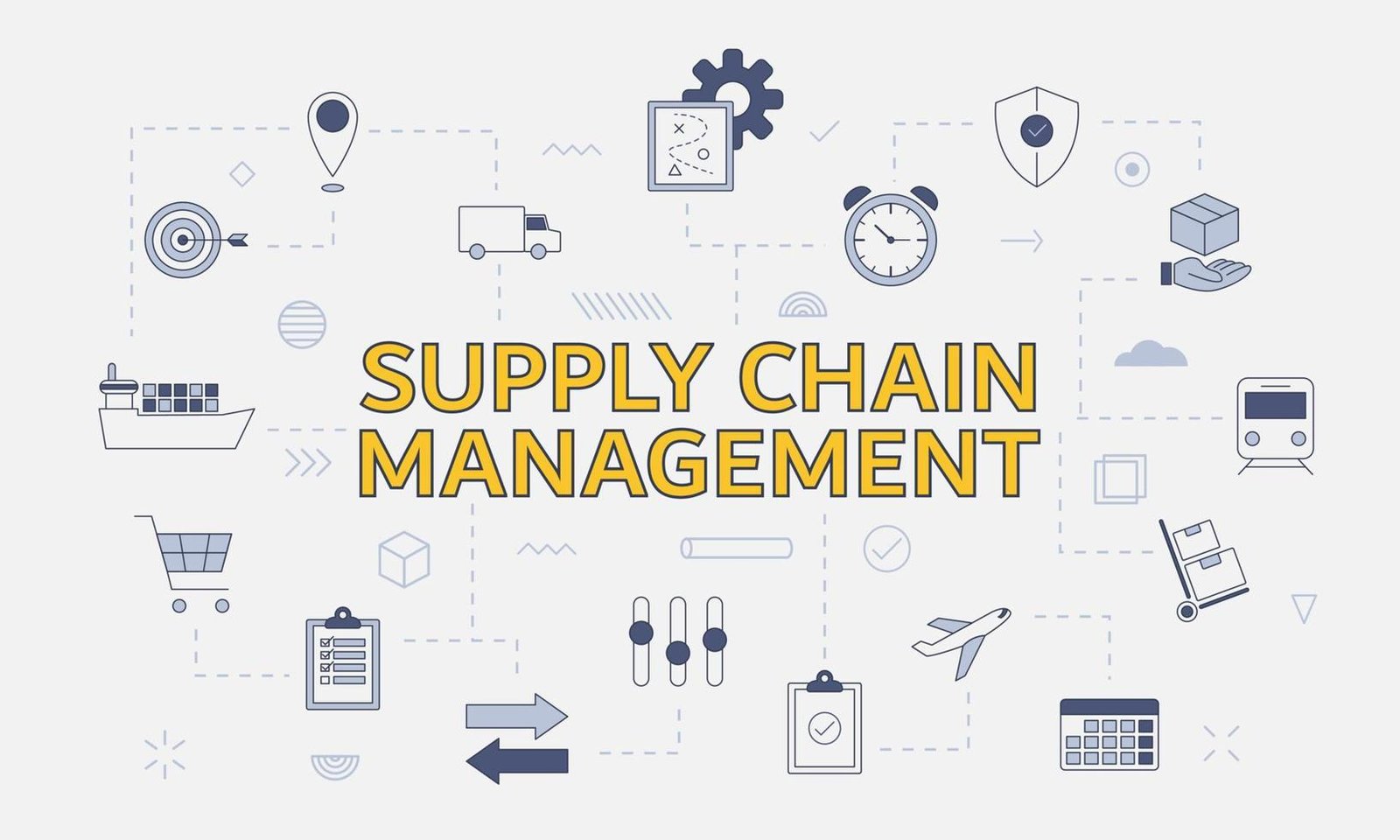

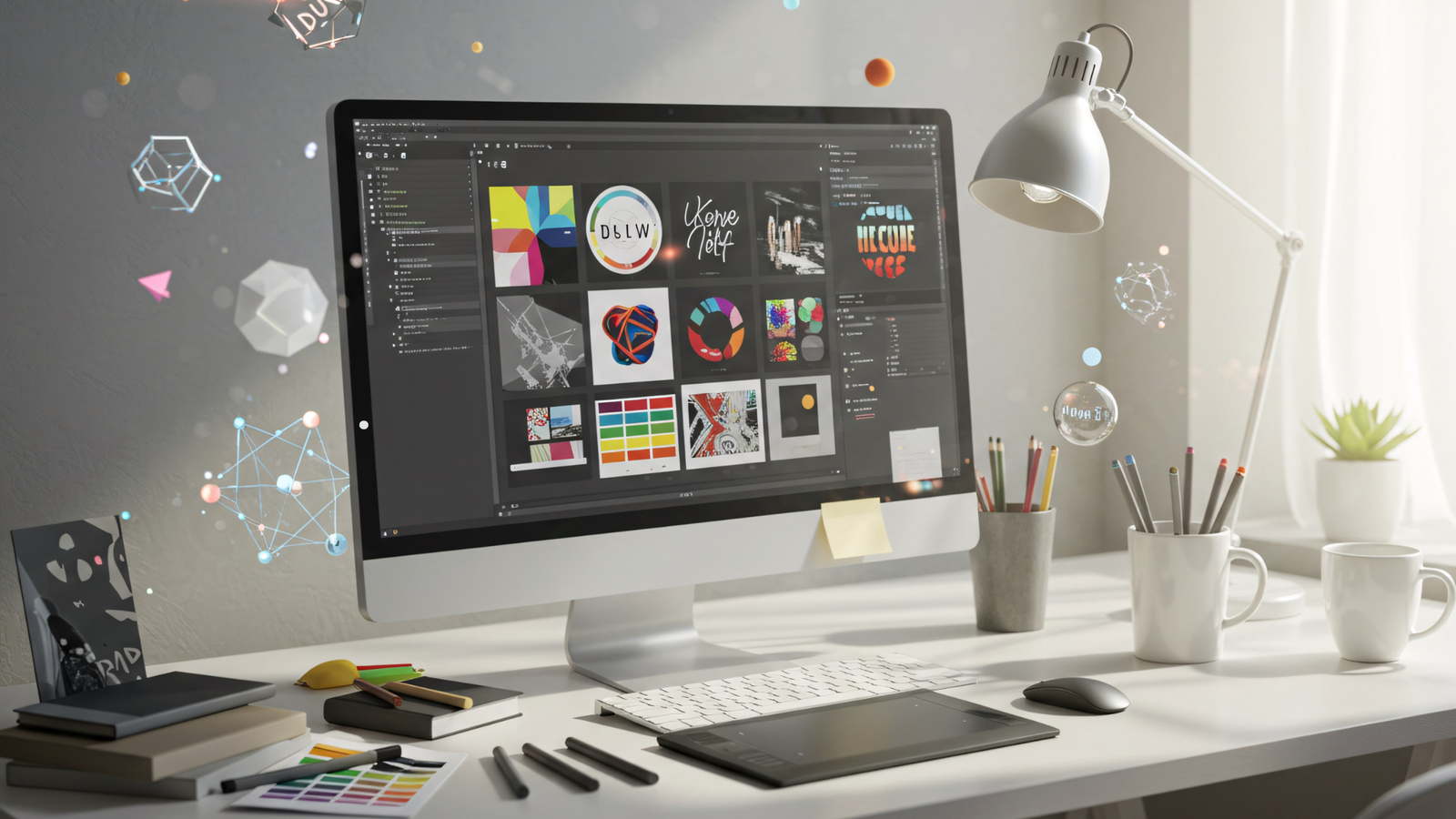



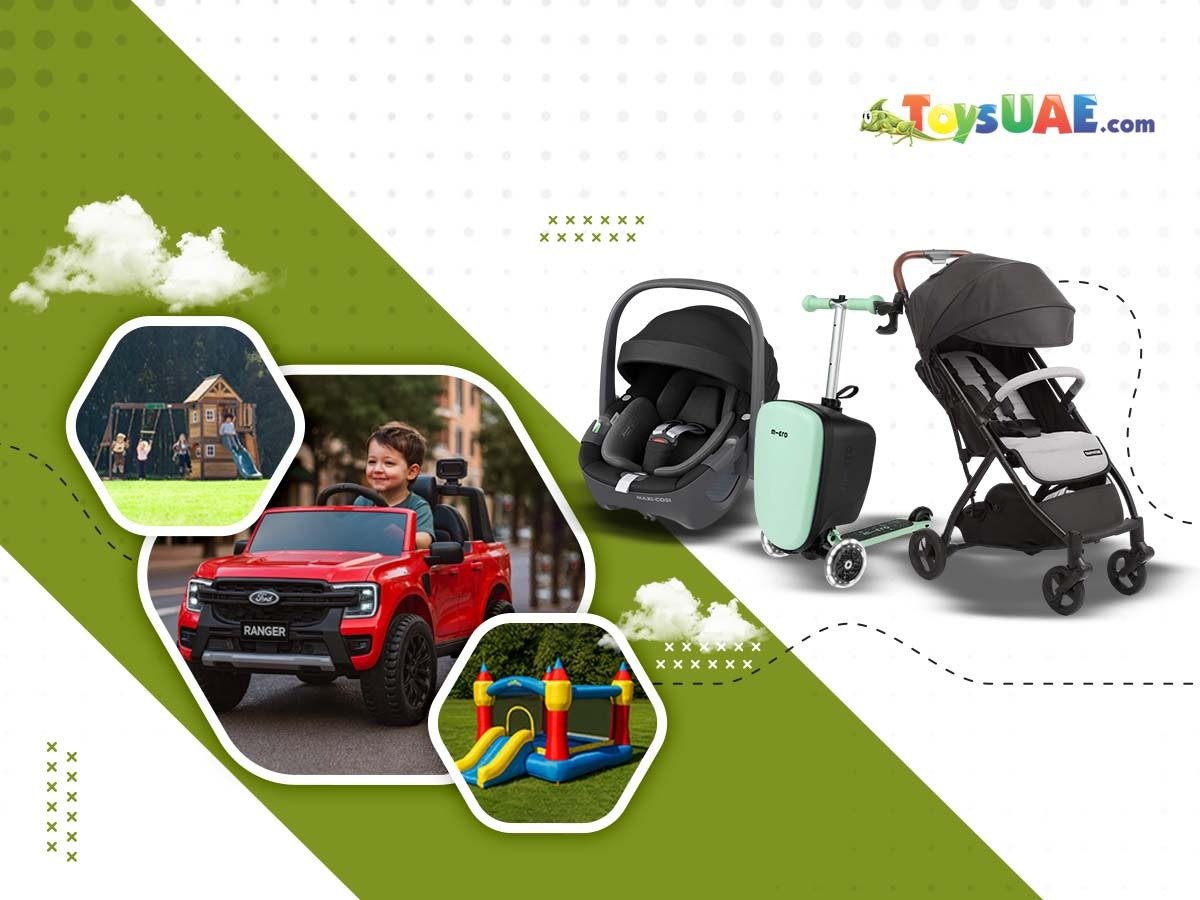


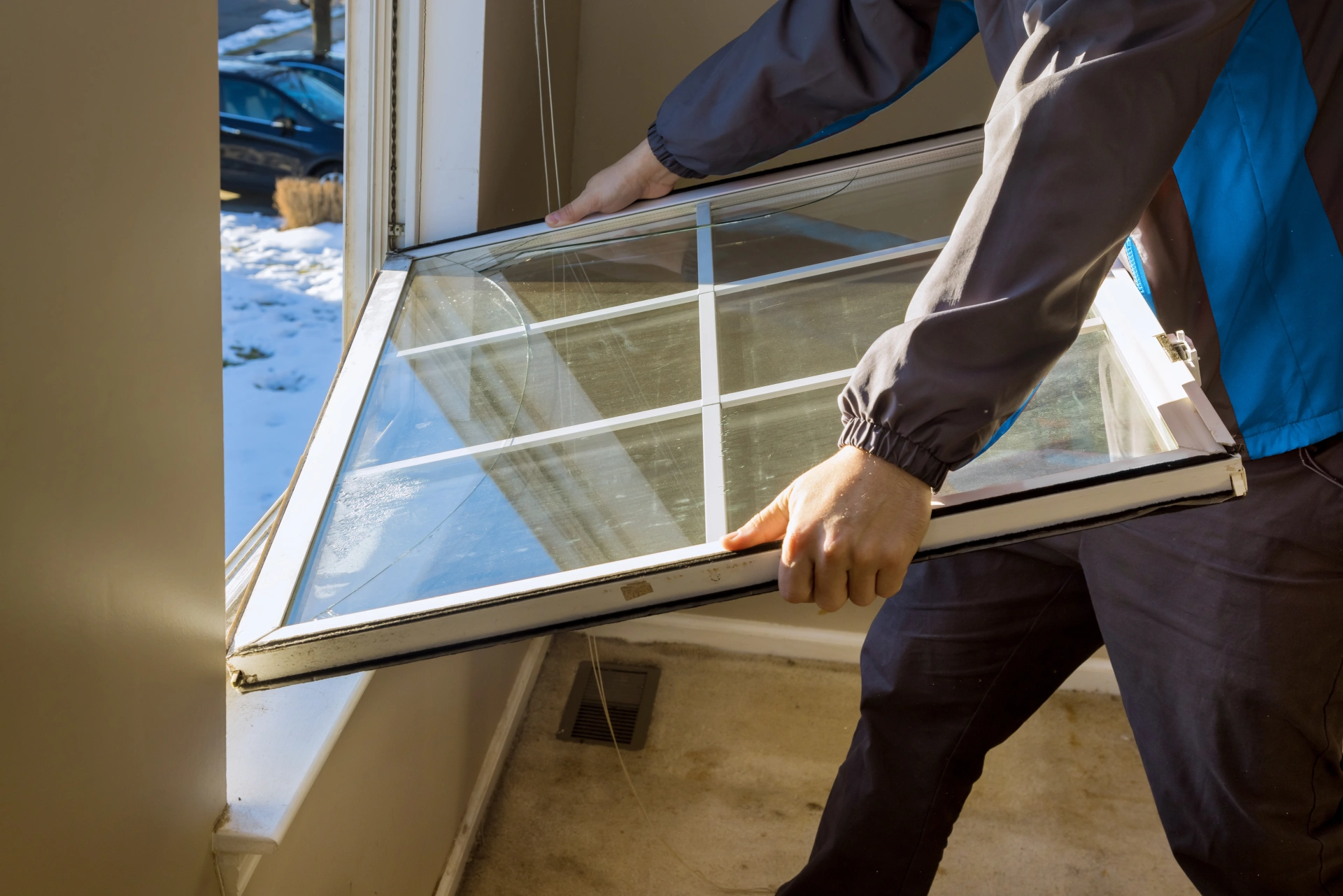
Leave a Reply